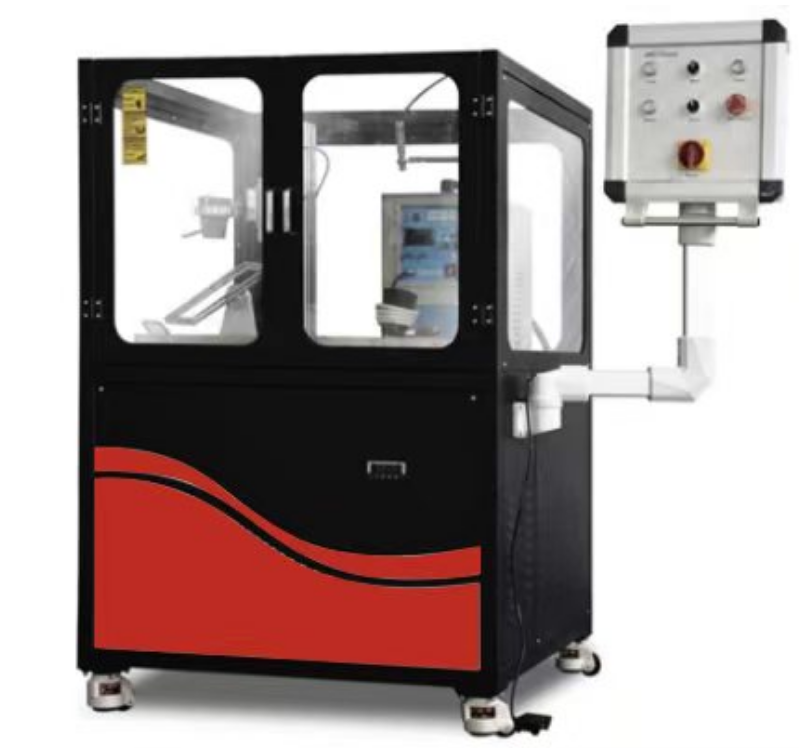Protective clothing includes fire protective clothing, industrial protective clothing, medical protective clothing, military protective clothing and special people use protective clothing. Protective clothing is mainly used in firefighting, military, shipping, petroleum, chemical industry, painting, cleaning and disinfection, laboratory and other industries and departments.
According to the protective function of health protective clothing, such as anti-radiation clothing, cold-proof clothing, heat-insulating clothing and anti-bacterial clothing; safety protective clothing, such as flame-retardant clothing, flame-retardant protective clothing, arc protective clothing, anti-static clothing, bullet-proof clothing, anti-stabbing clothing, astronautical clothing, diving suits, acid-proof clothing and anti-insect clothing; to keep the wearer hygienic work clothing, such as oil-proof clothing, dust-proof clothing, and water-repellent clothing, and so on.
Do you know how to test the protective clothing’s resistance of molten metal splash
In the ISO 9185 standard published by the International Standards Institute (ISO), a method for evaluating the heat penetration resistance of materials intended for use in clothing to protect against large molten metal splashes is presented.
EN/ISO 9185:2007 Protective clothing — Assessment of resistance of materials to molten metal splash is designed for secondary fabrics to protect workers in foundries. For primary fabrics most companies use ASTM F955 with a larger mass of the molten metal to test.
The ISO standard specifies a method for assessing the heat penetration resistance of materials intended for use in clothing to protect against large splashes of molten metal. It provides specific procedures for assessing the effects of splashes of molten aluminum or [aluminium], molten cryolite, molten copper, molten iron and molten mild steel. The principle of the test method is applicable to a wider range of hot molten materials than those for which specific procedures are set out, provided that appropriate measures are applied to protect the test operator. The test uses seven 260 mm X 100 mm samples (leather requires larger samples due to shrinkage). The mass of molten metal is poured at a specific angle. The ISO method specifies three levels of protection.
|
Molten Aluminum (grams) |
||
|
Protection Level |
Minimum |
Maximum |
|
D1 |
100g |
<200g |
|
D2 |
200g |
<350g |
|
D3 |
350g or greater |
|
For Aluminum the following apply.
|
Molten Aluminum [Aluminium] |
|
|
Metal Melting Point |
780°C ± 20°C
|
|
Pour Angle |
60° ± 1° |
|
Height |
225 mm ± 5mm |
The specimen is prepared per the standard either pristine or laundered and the molten metal is poured onto the fabric over an insulated panel board with a PVC skin simulant membrane. The protection of the fabric compared to the Stoll Curve is recorded and the fabric receives a pass/fail rating for the specific molten metal for a known mass.
The D value represents the level of protection. Optimum protection in a foundries will depend on the metal type, the type of risk, the level of automation, the type of plant, the splash risk, and the climate of the area. Worker comfort is often a deciding factor onsecondary clothing in particular.
Molten metal splash apparatus
Application:
The thermal penetration resistance of protective clothing materials used to prevent a large number of molten metal splashes was evaluated by the anti-liquid molten metal splashing test device developed according to ISO9185 standard. Medium such as molten aluminium, molten cryolite, molten copper, molten iron and spatter of molten low carbon steel directly acted on the surface of the material. The penetration resistance of protective clothing materials was evaluated by the damage degree of PVC film attached to the back of the sample
Standard:
According to ISO 9185:2007
Fetures:
1. The anti-liquid metal bead splash test device includes high frequency heating device, sample frame, crucible support, sample frame rotating device, high temperature radiometer, etc.
2. The high temperature radiometer can measure the melting metal temperature up to 1650 C, and the accuracy can reach (+10) C.
3. The metal solution pouring device rotates at a constant angular speed and can pour the sample.
4. High frequency heating device, which can be used to melt aluminium, copper, iron and mild steel, can be heated to 1800 degrees.
5. Protective framework and toughened glass observation window are equipped to protect the safety of testers.
6. The bracket arm control unit can be used for lifting and rotating the crucible bracket.
Technical parameters:
|
Size |
1000mm (L) * 1000mm (W) * 1500mm (H)mm |
|
Weight |
180KG |
|
Electrical requirements |
220V, 10A; 380V, 60A |
|
Environmental Requirements |
10 ℃ to 35 ℃ |
|
Gas requirements |
air compressor air source, external diameter 8mm |
|
Standard |
ISO 9185:2007 |
|
Water source requirement |
tap water source, external diameter 15 mm
|
Post time: Jul-30-2023

